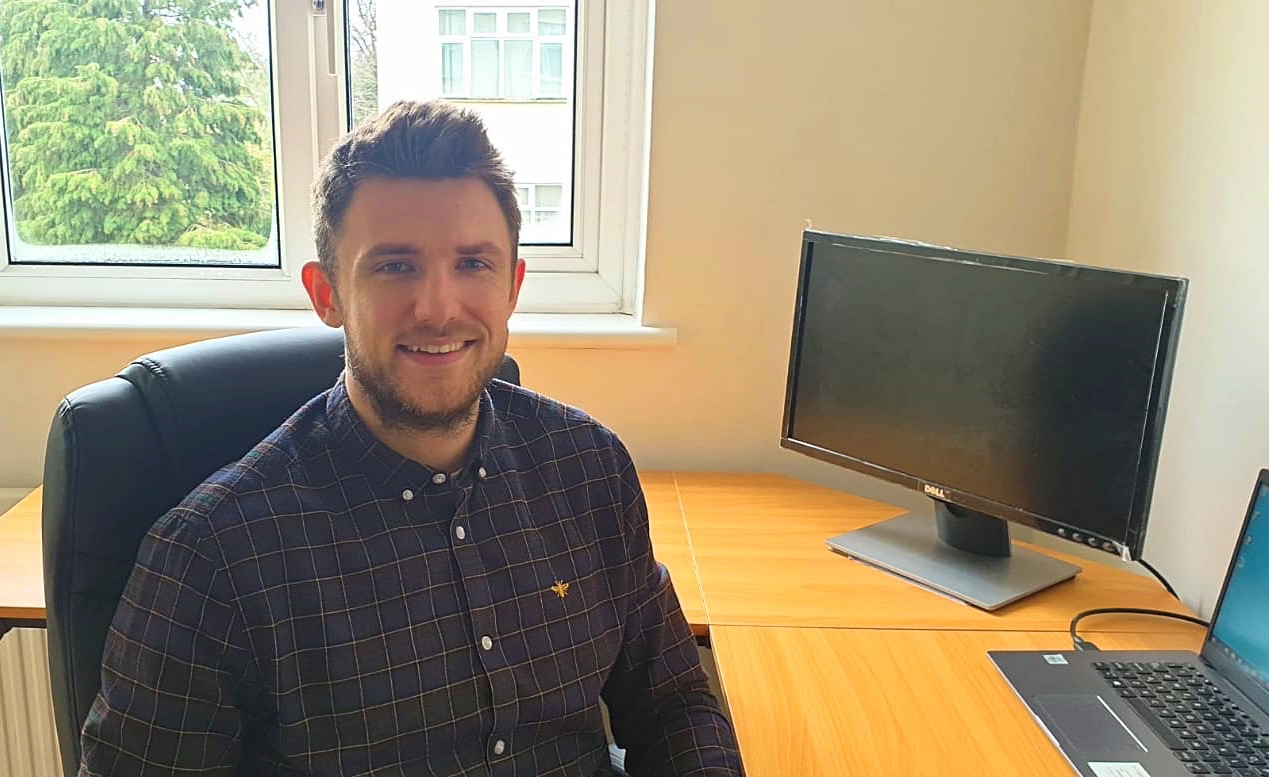Catherine Dudley
Intern at University of Birmingham

Catherine says:
“It felt incredible to know I’d be chosen because I knew it was a competitive application process and I know this internship will be so helpful for my future career goals.
“This is because I want to go into maths with medicine, as I’ve always been very fascinated by how the body works, and how I can apply my love of maths to something real like creating treatments.”
Bio: I’m currently undertaking a MSci in Mathematics at the University of Birmingham and am very much looking forward to developing my skills in machine learning and problem solving. This internship shall help me to pursue my goal of having a career in mathematical biology.
Project: Leveraging artificial intelligence to automatically characterise heart structure and function using cardiovascular magnetic resonance imaging with Dr Jinming Duan at University of Birmingham.
Cardiovascular magnetic resonance (CMR) imaging is a powerful diagnostic tool used in routine practice, but has inherent limitations especially in complex and coexisting cardiac diseases such as heart failure. Inter- and intra-study variability, increases in clinical demand, and a shortage of skilled staff all threaten the ability of CMR to meet the current needs of the NHS for high-quality and cost-efficient tests that can help to improve patient outcomes.
Automation of manual tasks and augmentation of human expertise using artificial intelligence has the potential to drive both improved accuracy and efficiency in CMR imaging. In this project, we will utilise AI pipelines to develop advanced and fully automated approaches for the fast and accurate characterisation of heart structure and function from CMR data. We aim to improve upon traditional analysis which relies on cardiologists and radiologists to labour over each individual scan.
With access to data from the UK Biobank and University Hospitals Birmingham NHS Foundation Trust (UHB), we will be able to train cutting-edge machine learning algorithms which enable rapid diagnosis of a wide range of heart diseases with a high level of accuracy. Such algorithms have the potential to be used not only in the NHS but globally.


